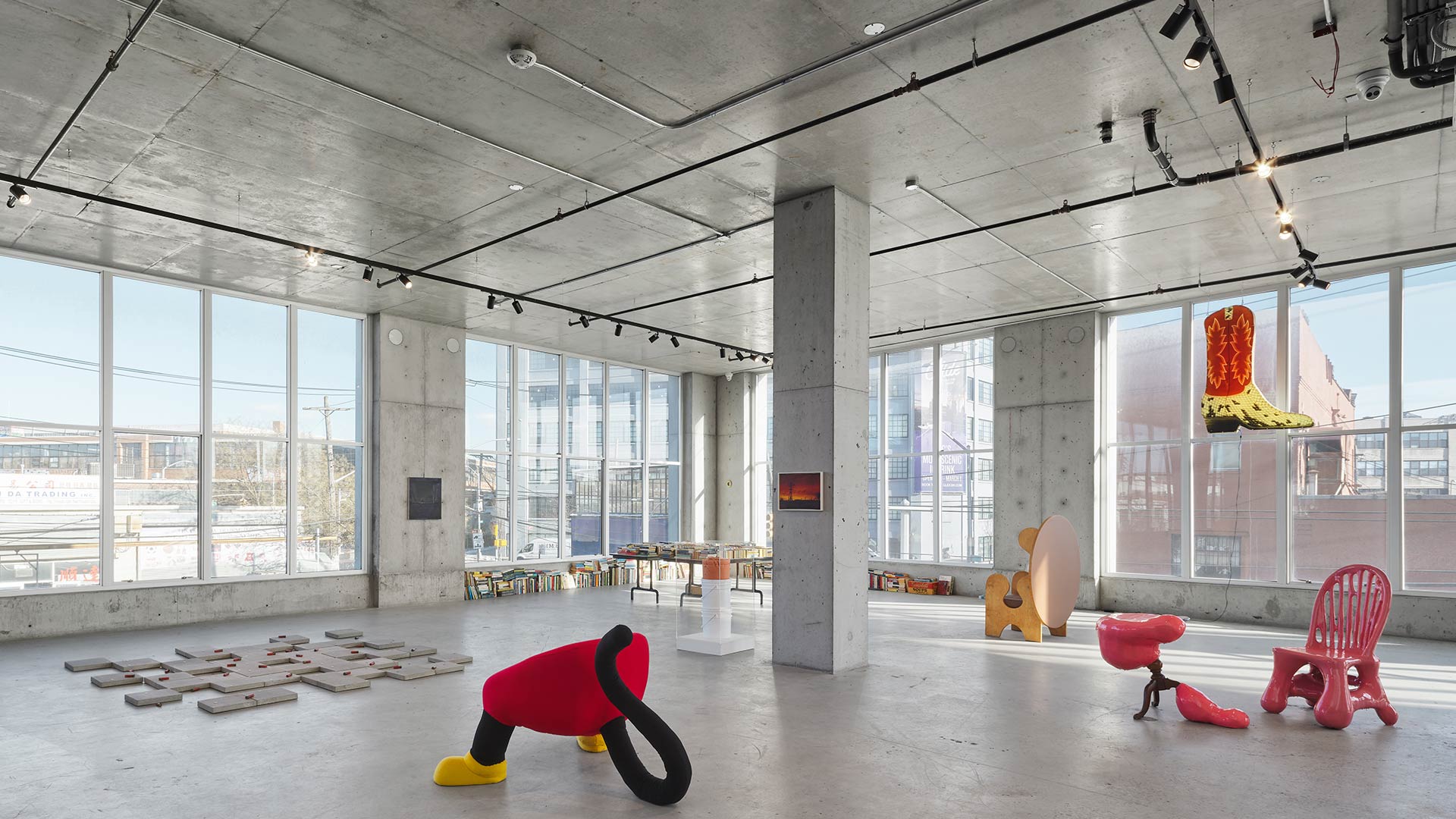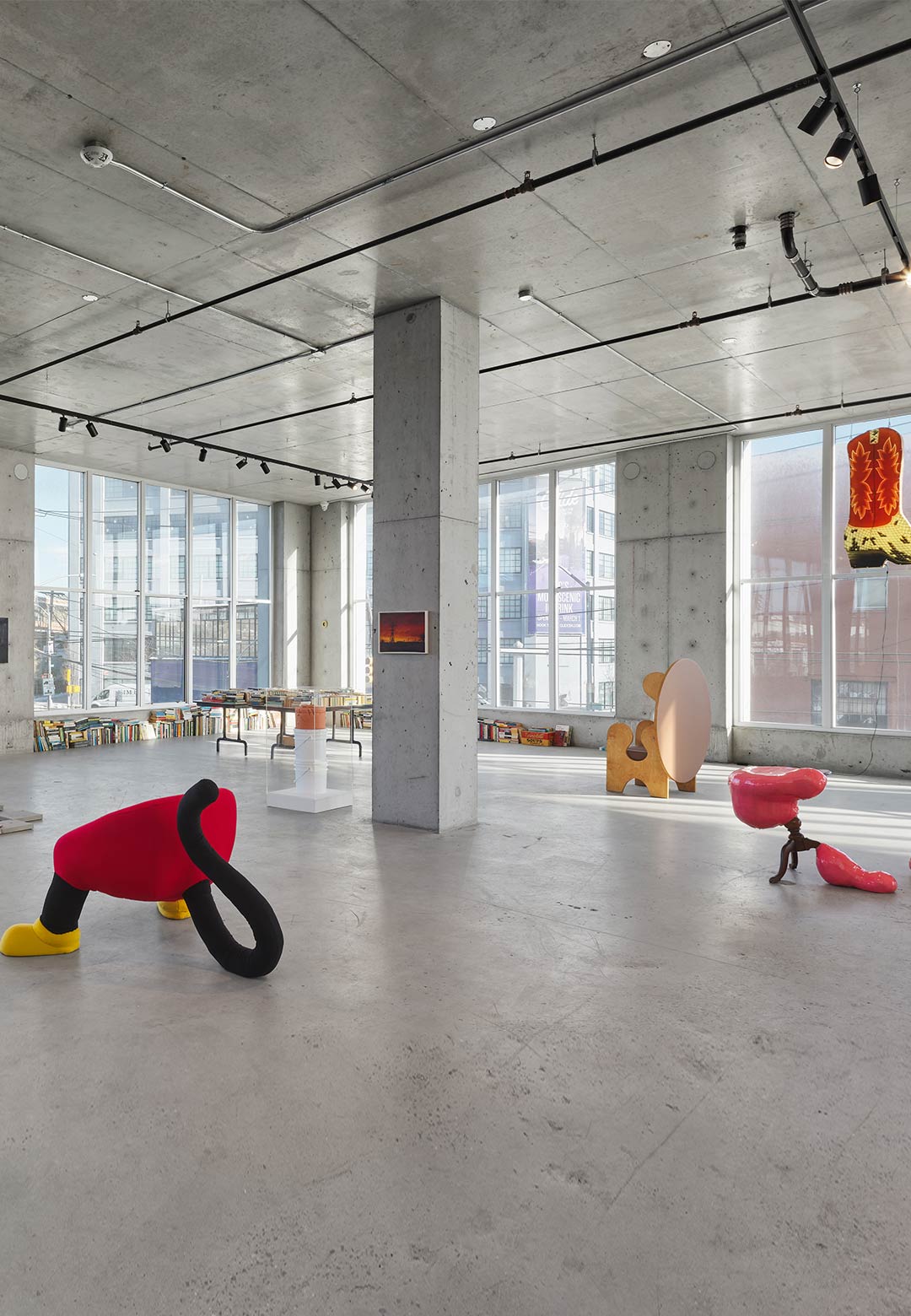It comes as no surprise that when one thinks of America, immediately images of Mickey Mouse, Coca Cola, the glitter of Las Vegas come to mind, or perhaps one may think of a darker reality: mass shootings or systemic racism. While the idea of the United States has become muddied because of the conflicting images of the American dream versus its reality, it still persists in its commodities. America is a country manufactured and sold to anyone on the outside through its brands, through the promise of a better life. Perhaps no other country has made such recognisable icons of their national symbols like the flag, the bald eagle or even the Statue of Liberty.
This image of America is a lesson in branding where the global reach and instantaneous quality of media make this phenomenon even more pervasive, leading to new mythologies by further spreading this idea of the benefits of excess and consumerism. Training a critical eye on this representation of a country through hyperconsumerist culture, International Objects, a New York-based gallery presents Extra Taste, an exhibition of artworks and artefacts that mine the mythologies of American culture, embedded in its everyday consumer objects, on view till April 21, 2024.
The showcase includes works by American artists and designers who tease, inspect, and satirise that which makes America great (again). Utilising pop art sensibilities, the works distort “the mechanisms that synthesise everyday products with mythological imagery [in order to] disrupt the seamless meaning-making of commerce and power,” as stated in the gallery’s press release. Of the 19 artists and designers displaying their work in the exhibition space, each looks at a different aspect of American culture, where what is considered aesthetic, or what is considered art is brought into question.
For instance, works by artist Brandi Twilley render supermarkets, their wares and the people who frequent them as oil paintings, blurring the boundary of art, commercialism and aesthetics. The works, with their realistic but smeared quality mirror this muddiness. This aestheticisation of groceries is also highlighted in the sculptural works of Tamara Johnson who is showcasing several works dedicated to cheese and its paraphernalia from crackers to the ever beloved cheese encased in wax, Babybel ®. Apart from the paintings on display, the gallery space is scattered with other sculptural artworks, some giant renditions of objects like spray bottles, tables, and even a wrecked car with a video of a starry night in its windscreen. The spray bottles are works by artist Jake Brush whose ongoing project is an ode to pet stores in Long Island. Some of his other works on display are renditions of pet cages and even dog bowls. This conflation of a commercial commodity as a collectible object is interesting with the visitor constantly questioning whether something serves a function, or is it art or design.
Of the product designs on display, Brazilian designer Gustavo Barroso’s might be the cheekiest. His chair designs, from the Orlando chair (2023) to the Pink Slime chair (2024) to even the Carrot chaise (2023) draw on popular symbols like Mickey Mouse in their forms. In the same vein, treading the line between functional object, sculptural design, or artwork, are works by Conrad Bakker, an Illinois-based artist. Apart from his Untitled Project: Robert Smithson Library & Book Club (2014–2019) which is a rendition of the seminal artist Robert Smithson’s library’s books as wooden sculptures, his Untitled Project: Eames Armchair Rocker [+ Walden], (2012) or Untitled Project: Lawn Chair [+ Walden], (2010) are wooden sculptures of quintessentially American chairs with a copy of the text by Henry David Thoreau about the beauty of the American natural landscape, also rendered in wood.
Apart from them, works by Sam Stewart, a New York-based artist whose work resembles and functions as household furniture and domestic objects and Sarah Burns, an artist and designer further unravel the idea of functional art through works that look like furniture, but whether they are is up for debate.
However, an exhibition of American symbols would be incomplete without the inclusion of Coca Cola, which is what Pooneh Maghazehe references in her Bikini Half Off (2019), a sculptural assemblage that functions as a bar/table. While most works on display make use of consumerist objects—cheese, chairs, books, even mattresses—perhaps the most insidious is the inclusion of works by Robert Buck, who has consistently used bullet imagery in his works. For instance, on display are Fatherland (2011) and 3/26/04—Shot no. 9 (Daly Over/Under at Close Range with .12 Gauge Hollow Point Slug) (2004) which call attention to the rampant gun culture of the country.
The objects and the symbols that they co-opt jostle one another for the visitor’s attention in the bare, industrial interiors of the gallery space of International Objects. Together, they form a strange assemblage, glorifying while at the same time undermining the objects that are more American than even America. As the press release goes on to elaborate, after all, it is these objects, “superimposed with narrative [that] stimulate trust and belief as well as pleasure and desire…We are meant to believe in the products that surround us, not only as objects but as propositions and talismans.” It is these mythologies—of the values of capitalism, of the benefits of free society—that the works on display scrutinise. Where the sometimes tongue-in-cheek, thought-provoking works offer a sense of liberation, and a re-examination of the culture of the West in extra taste, rethinking our relationship to symbols, and what symbols sell us.






 Sign in with email
Sign in with email










What do you think?